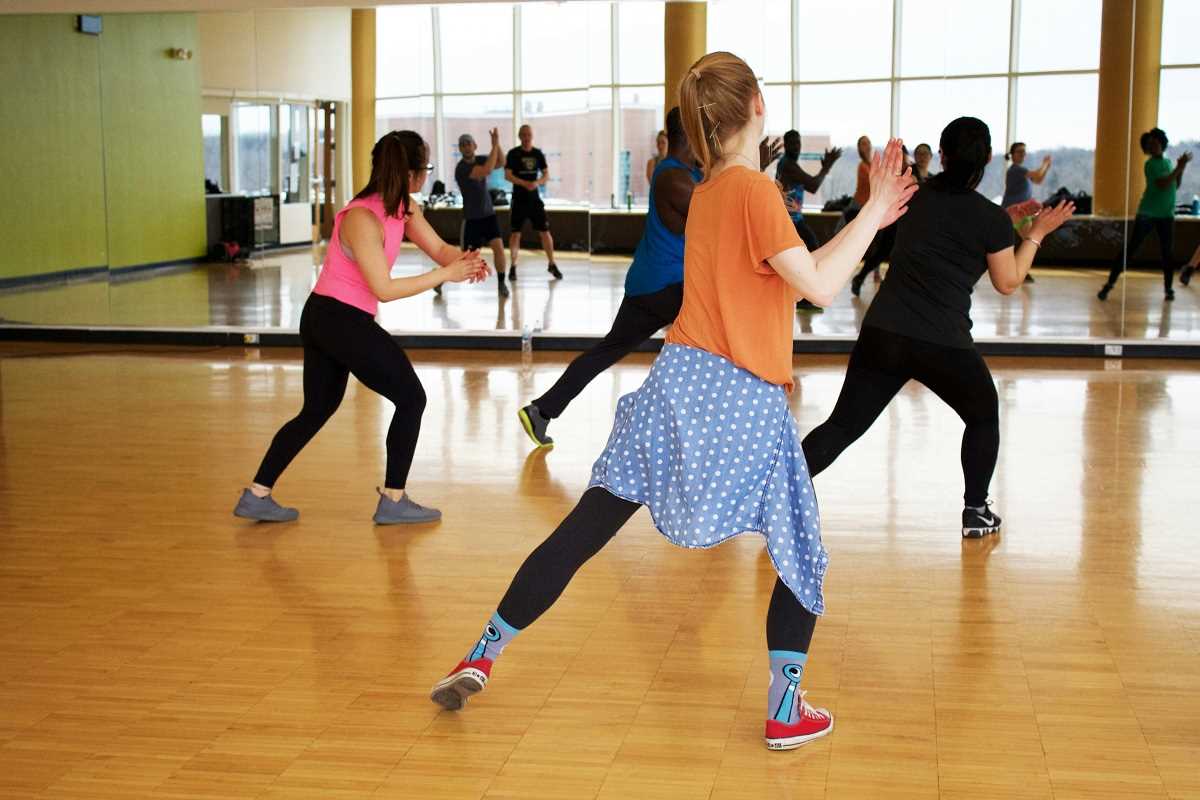There’s something inherently graceful about ballet. The poised movements, the strength masked by elegance, and the discipline behind every routine have long captivated audiences. But ballet didn’t just stay on the stage. Over time, its principles of control, alignment, and flow found their way into the fitness world, evolving into what we now know as barre workouts. These classes blend the artistry of dance with modern exercise science, offering a unique, well-rounded approach to fitness.
Barre workouts have grown exponentially in popularity, but how did we get here? And why are people still flocking to the barre?
The Classical Roots
To understand barre’s origins, we first need to look back at classical ballet. Ballet is one of the oldest forms of structured movement training, requiring extraordinary strength, coordination, and stamina. It emphasizes proper posture, flexibility, and precise technique. Recognizing the physical benefits of ballet training, former ballerina Lotte Berk created the first iteration of a barre workout in the 1950s in London.
Berk’s idea was simple but revolutionary at the time. She combined elements of ballet with rehabilitative exercises to create low-impact workouts focusing on core strength, flexibility, and overall body alignment. Her classes were a hit, with celebrities and fitness enthusiasts alike praising them for their ability to sculpt long, lean muscles.
Enter the Modern Barre Movement
Fast forward a few decades, and Berk’s ideas continued to evolve. Barre workouts spread internationally, paving the way for modern versions like Pure Barre, The Bar Method, and Barre3. These classes took the foundational principles of ballet-inspired fitness but reimagined them for broader appeal. They blended traditional dance movements with pilates, yoga, and even strength training, creating a hybrid workout suitable for people of all fitness levels.
What makes barre so dynamic is its adaptability. While the barre itself is a constant, instructors often mix in resistance bands, light weights, or even bodyweight exercises to keep things fresh. Plus, there’s room for creativity, with different studios interpreting the barre workout in their unique way.
Popular Barre Programs Today
- Pure Barre is known for its athletic approach, focusing on isometric movements that build strength without adding bulk.
- The Bar Method places heavy emphasis on form and safety, making it a great choice for beginners or those recovering from injuries.
- Barre3 combines barre with mindfulness practices, blending fitness with mental well-being.
- Physique 57 ramps up the intensity, catering to those who love a challenge and want visible results fast.
Why Barre Works
The sustained popularity of barre workouts isn’t just about their aesthetic appeal; it’s the unique benefits that keep people coming back.
1. Posture and Alignment
Barre emphasizes proper body alignment, making it a lifesaver for people struggling with rounded shoulders or lower back pain (thank you, desk jobs). Over time, it helps you stand taller and move with more grace.
2. Core Strength without Crunches
Say goodbye to endless sit-ups. Barre workouts focus on isometric holds and tiny, controlled movements that engage your deep core muscles like no other.
3. Low-Impact but High-Intensity
Barre is kind to your joints while still delivering a burn. Those small, targeted movements might feel subtle at first, but they’ll have your muscles quivering in no time.
4. Flexibility and Balance
Elements of ballet woven into these workouts improve overall flexibility and balance, enhancing how you move through your daily life.
5. Accessible to All Levels
Whether you’re a fitness newbie or a seasoned athlete, barre meets you where you are. It allows for scalability, so you can adjust the intensity as you get stronger.
The Timeless Appeal
What keeps barre thriving decades after its inception? For one, it’s not a fad. Its foundation in ballet gives it a timeless quality that transcends fleeting fitness trends. Additionally, barre taps into the mental and emotional side of exercise. The graceful movements, focus on breath, and upbeat energy in classes make it feel like you’re doing something special for yourself—not just checking off another workout on your to-do list.
Barre also fosters community. Classes often attract a loyal circle of participants who bond over their shared love of the workout’s unique blend of challenge and artistry.
Tips for Trying Barre for the First Time
If you’re feeling inspired to give barre a go, here’s how to get started.
1. Find the Right Studio
Search for local studios and read reviews to find one that feels like a good fit. Many offer beginner-friendly classes or trial packages, so you can ease into the practice.
2. Dress for Movement
You don’t need fancy gear; just wear comfortable, form-fitting clothes so instructors can better guide your form. Grippy socks are often recommended to help you stay stable during movements.
3. Focus on Small Movements
Don’t be surprised when your instructor tells you to focus on lifting just an inch. Those tiny, targeted pulses are the heart of barre, and they work wonders on your muscles.
4. Consistency Is Key
Barre is most effective when done regularly. Aim for 2–3 sessions a week to start, and you’ll see improvements in strength, flexibility, and posture in no time.
5. Have Fun
Barre workouts are tough, but there’s beauty in the challenge. Allow yourself to enjoy the music, the flow, and the opportunity to move your body in new ways.
Dancing Toward a Stronger You
From its classical ballet beginnings to the modern barre classes sweeping fitness studios around the globe, barre proves that graceful movements can also pack a punch. Whether you’re looking to improve posture, build strength, or simply try something new, barre offers a unique, accessible, and effective workout.
 (Image via
(Image via




